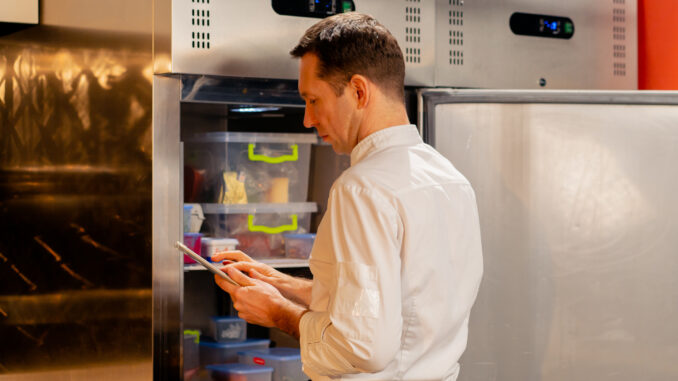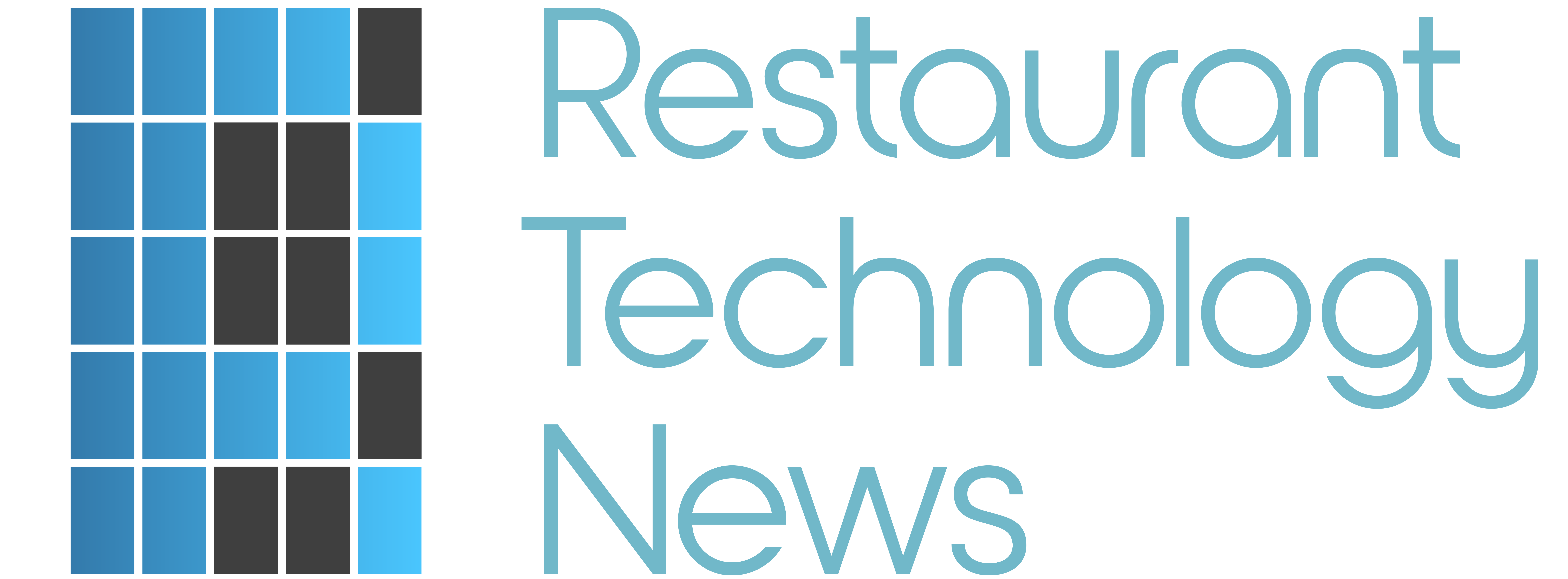
By Prasant Prusty, Founder and CEO of Smart Food Safe, and Arundhathy Shabu, Technical Content Specialist at Smart Food Safe - 5.23.2025
Running a restaurant, café, or any kind of food service operation comes with countless responsibilities. At the top of that list is a duty to keep customers safe from foodborne illnesses. For anyone in the industry, the idea of a patron falling ill from something they were served is not only upsetting—it can be devastating to a business’s reputation and operations.
Food safety protocols should be embedded within every food business’s operations by creating a system that prevents risks before they happen and reacts quickly when they do. Here we outline the core principles and everyday practices that contribute to a safe food environment, without shortcuts or gimmicks.
Smart Food Handling Starts with the Basics
Every step in the food preparation chain, from receiving ingredients to plating a dish, offers opportunities for contamination if not done correctly. With digital hygiene checklists, touchless hand hygiene tracking systems, and AI-powered compliance reminders, basic practices such as handwashing, utensil sanitation, and safe food separation become easier to enforce and monitor.
Temperature Control and Storage Practices
Foodborne pathogens thrive in certain temperature ranges. That’s why controlling temperatures during storage, cooking, and holding is critical. Ingredients should be stored promptly, refrigerators regularly monitored, and hot food kept hot until served.
Tech-enabled temperature monitoring systems now allow real-time visibility into cold and hot storage. These systems log temperature data automatically and alert staff when readings deviate from safe ranges, eliminating the delays and errors that come with manual checks. Further, inventory systems integrated with sensors and barcode scanning help enforce “first-in, first-out” stock rotation, reducing food spoilage and ensuring consistent product quality.
Cleaning and Sanitation as Daily Discipline With Tech Integration
Sanitation isn’t just about making a kitchen look clean—it’s about breaking the chain of contamination. Food contact surfaces, prep areas, and utensils must be cleaned and sanitized regularly. Waste disposal should be efficient and routine, and pest control measures need to be preventive rather than reactive.
Sanitation routines can benefit immensely from tech integration. Digital cleaning schedules with automated reminders, real-time sanitation logs, and verification tools ensure critical surfaces and utensils are cleaned on time—and properly. When cleaning practices are digitally managed, businesses can swiftly respond to audits, prove compliance, and maintain hygiene records without the chaos of paperwork.
Continuous Training with Digital Reinforcement
Even the most experienced kitchen staff benefit from refreshers and updates. Food safety practices evolve, and regulations can change. Ongoing education ensures that all employees—from line cooks to managers—understand not just what to do, but why they’re doing it.
With tech-enabled learning management systems, businesses can roll out targeted learning modules, quizzes, assessments, and updates tailored to job roles. These platforms help maintain standardized knowledge across shifts and locations while tracking completion and performance.
Using Hazard Analysis to Think Ahead
A proactive mindset is critical in food safety. Systems like Hazard Analysis and Critical Control Points (HACCP) help businesses identify where things could go wrong and put safeguards in place. Monitoring these control points regularly helps catch potential problems early, before they affect customers.
Tech-enabled tools now allow businesses to create digital hazard maps, identify and track critical control points, and automate monitoring. When control points are digitally monitored, potential threats are flagged instantly, giving teams time to act before customers are ever affected.
Know Where Your Ingredients Come From
Food safety doesn’t begin in the kitchen—it starts with the source. Building relationships with trusted suppliers and verifying their practices adds a layer of protection. Tech-enabled supplier monitoring solutions offer end-to-end visibility, helping businesses verify supplier credentials, track certifications, and monitor ongoing compliance in real time.
These systems streamline digital vendor approvals, automate risk scoring based on performance history or audit results, and provide a centralized view of all supplier activities. This continuous oversight ensures that only approved and compliant suppliers are contributing to your menu. Moreover, integrated traceability platforms log every ingredient’s journey—from its source to the plate—enabling swift action during product recalls.
Stay Aligned with Regulations
Compliance isn’t just about avoiding fines—it’s about protecting public health. Regulations such as country-specific guidelines are designed to uphold food safety standards across the board. Regular inspections, whether internal or official, are a vital part of ensuring you’re not falling behind.
Automated document control, compliance tracking dashboards, and internal audit management tools ensure that regulatory standards are met without scrambling during inspections. Smart platforms can alert teams to upcoming audits, missing documentation, or non-compliance issues—transforming regulatory pressure into operational confidence.
Implement a Structured Food Safety System
A Food Safety Management System (FSMS) provides a framework for maintaining and improving food safety over time. These systems encourage regular monitoring, documentation, corrective actions, and reviews. Having a structure allows food safety practices to be applied consistently, not just when someone remembers or has time.
Digital FSMS platforms give this structure by streamlining documentation, standardizing procedures, and providing real-time insights into operations. Corrective actions can be automatically triggered, trend data can be visualized, and continuous improvement becomes an embedded practice, not a periodic project.
Technology as a Tool, Not a Crutch
Today’s kitchens have more tools than ever—temperature sensors, digital logs, scheduling apps. These technologies can reduce human error and improve accountability. But they work best when paired with solid, human-led practices. Tools should support—not replace—knowledgeable staff and thoughtful routines.
Build a Culture of Accountability
Food safety works best when it’s seen as a shared responsibility. It’s not just the job of the kitchen supervisor or the health inspector—it’s everyone’s job. Encouraging staff to speak up, report issues, and take initiative fosters a workplace where food safety is second nature, not an afterthought.
Employees can log issues instantly, suggest improvements, and stay informed through shared dashboards and mobile tools, creating a food safety culture that’s collaborative and resilient.
Food safety in the food service industry is an evolving, daily practice. It’s shaped by habits, guided by knowledge, and strengthened by systems. Food safety management software solutions are a notable phenomenon for food service businesses to move ahead, making lives a lot easier by taking the stress out of keeping things safe, clean, and compliant.
Instead of juggling paper checklists, logbooks, and spreadsheets, everything’s handled digitally. By sticking to core safety principles and adapting with tech-assisted tools as the industry grows, food service professionals can build trust with their customers—and protect their teams and businesses in the process for the long run.
 Prasant Prusty is the Founder and CEO of Smart Food Safe, with wealth of expertise in managing, improving and critically evaluating food safety and quality processes to globally recognized standards in various food industry segments across the global food supply chain. Smart Food Safe offers food safety, quality, traceability and regulatory compliance solutions designed for global food processing industries in the form of smart and affordable software by using domain specific functional expertise and latest smart technologies. The software helps businesses to bring supply chain traceability, transparency and audit readiness while being cost effective and operational efficient.
Prasant Prusty is the Founder and CEO of Smart Food Safe, with wealth of expertise in managing, improving and critically evaluating food safety and quality processes to globally recognized standards in various food industry segments across the global food supply chain. Smart Food Safe offers food safety, quality, traceability and regulatory compliance solutions designed for global food processing industries in the form of smart and affordable software by using domain specific functional expertise and latest smart technologies. The software helps businesses to bring supply chain traceability, transparency and audit readiness while being cost effective and operational efficient.
 Arundhathy Shabu is a Food Technologist, currently working with Smart Food Safe as the Technical Content Specialist. Smart Food Safe is a leading provider of software solutions for end-to-end Quality, Food Safety, Regulatory, and Traceability management. With a solid background in food technology, she has found her niche in crafting compelling and educating content related to food safety, quality assurance, supply chain management, technology innovations, digital applications, and related subjects by combining her technical knowledge in food technology with her flair for writing in a simple yet engaging manner.
Arundhathy Shabu is a Food Technologist, currently working with Smart Food Safe as the Technical Content Specialist. Smart Food Safe is a leading provider of software solutions for end-to-end Quality, Food Safety, Regulatory, and Traceability management. With a solid background in food technology, she has found her niche in crafting compelling and educating content related to food safety, quality assurance, supply chain management, technology innovations, digital applications, and related subjects by combining her technical knowledge in food technology with her flair for writing in a simple yet engaging manner.
Are you an industry thought leader with a point of view on restaurant technology that you would like to share with our readers? If so, we invite you to review our editorial guidelines and submit your article for publishing consideration.

